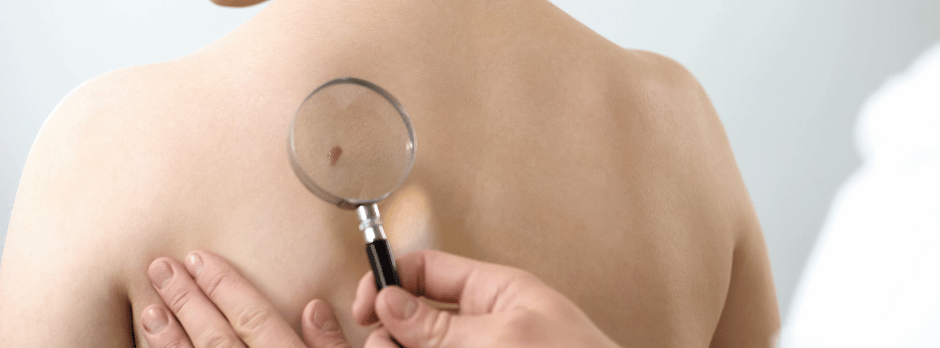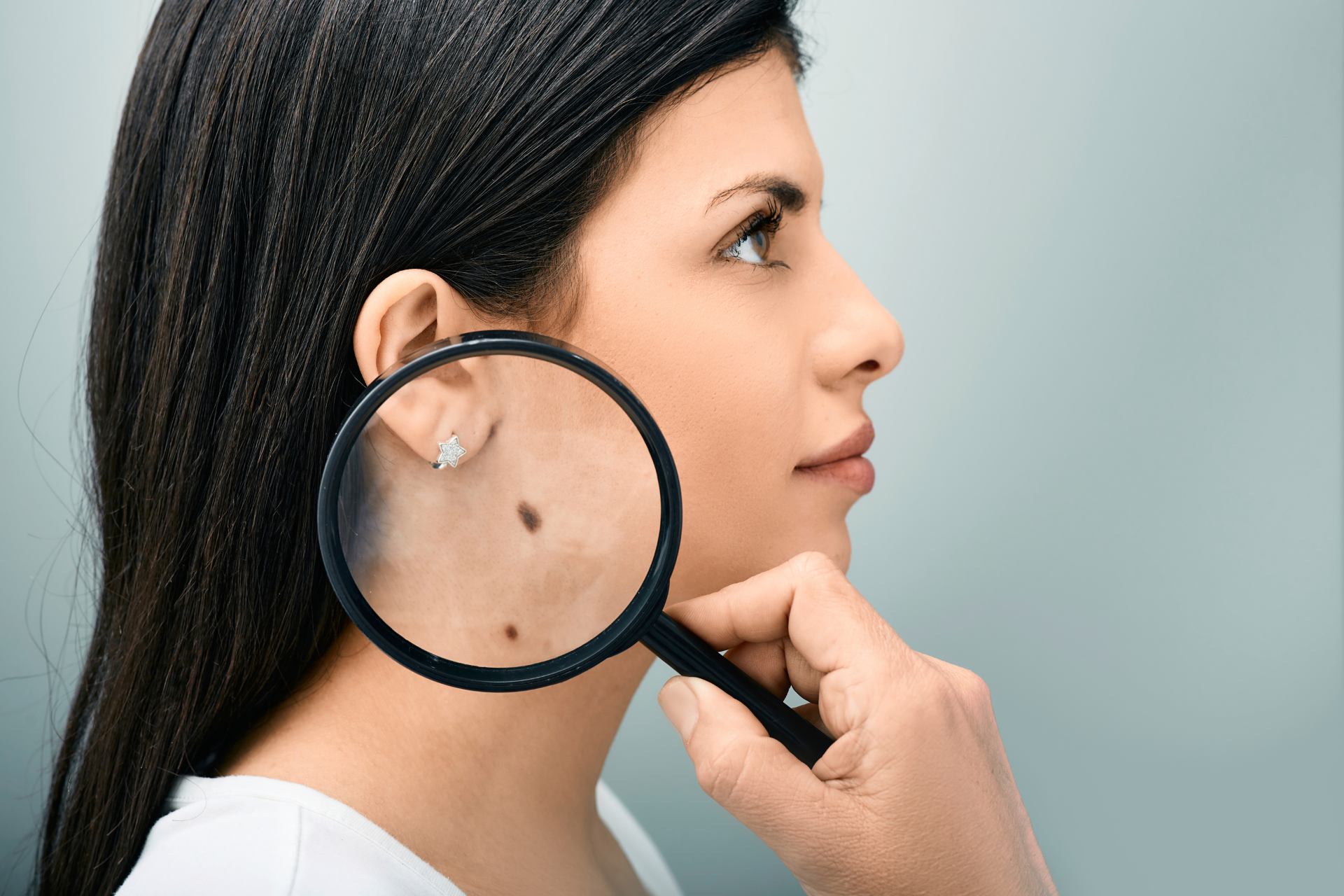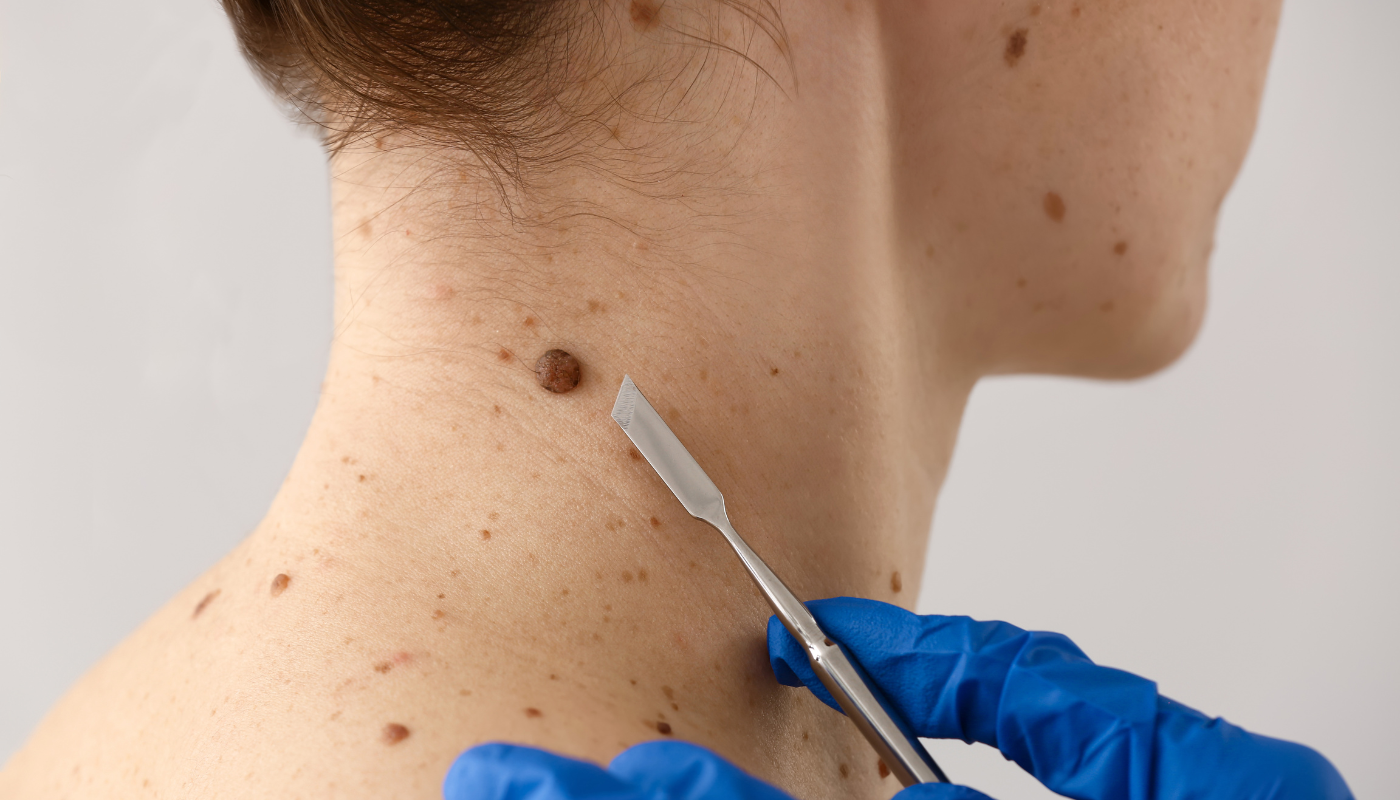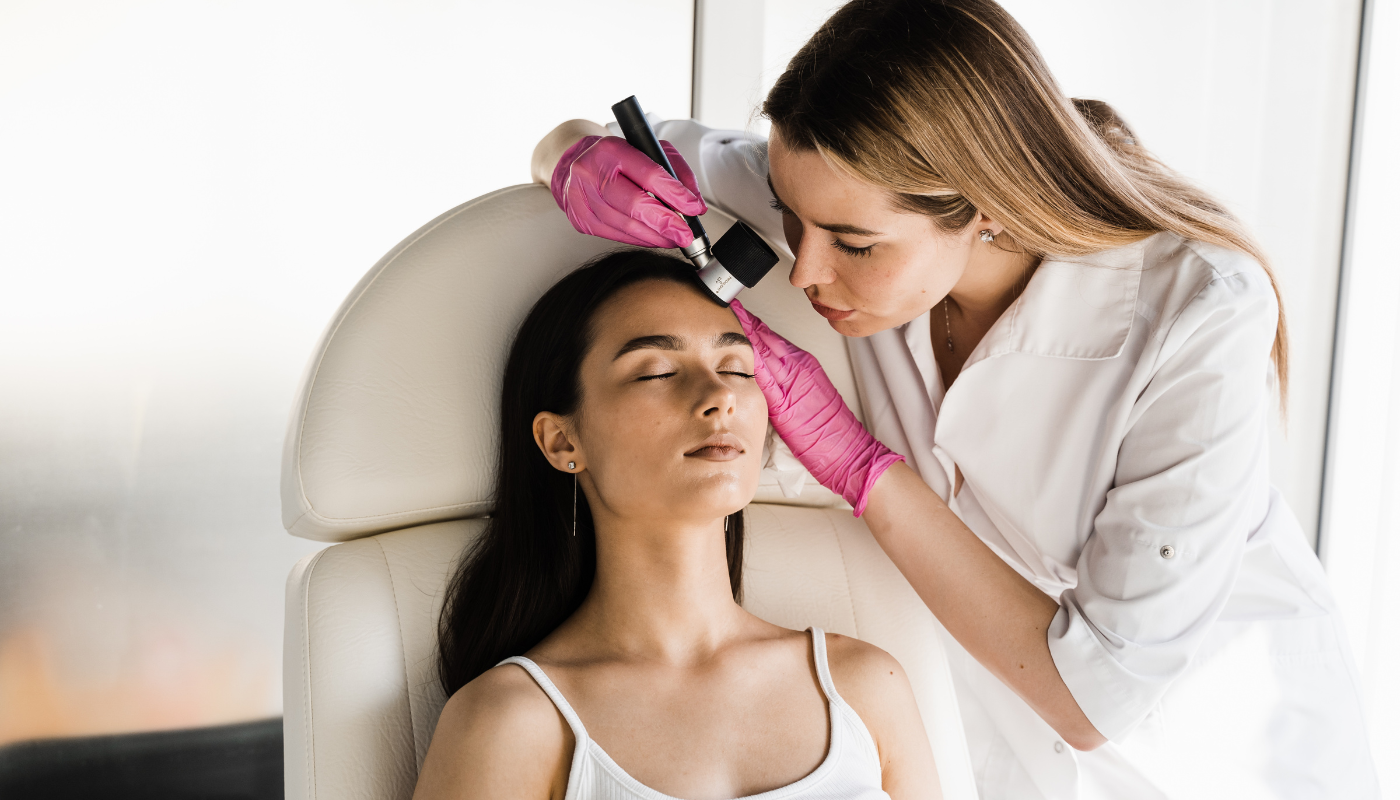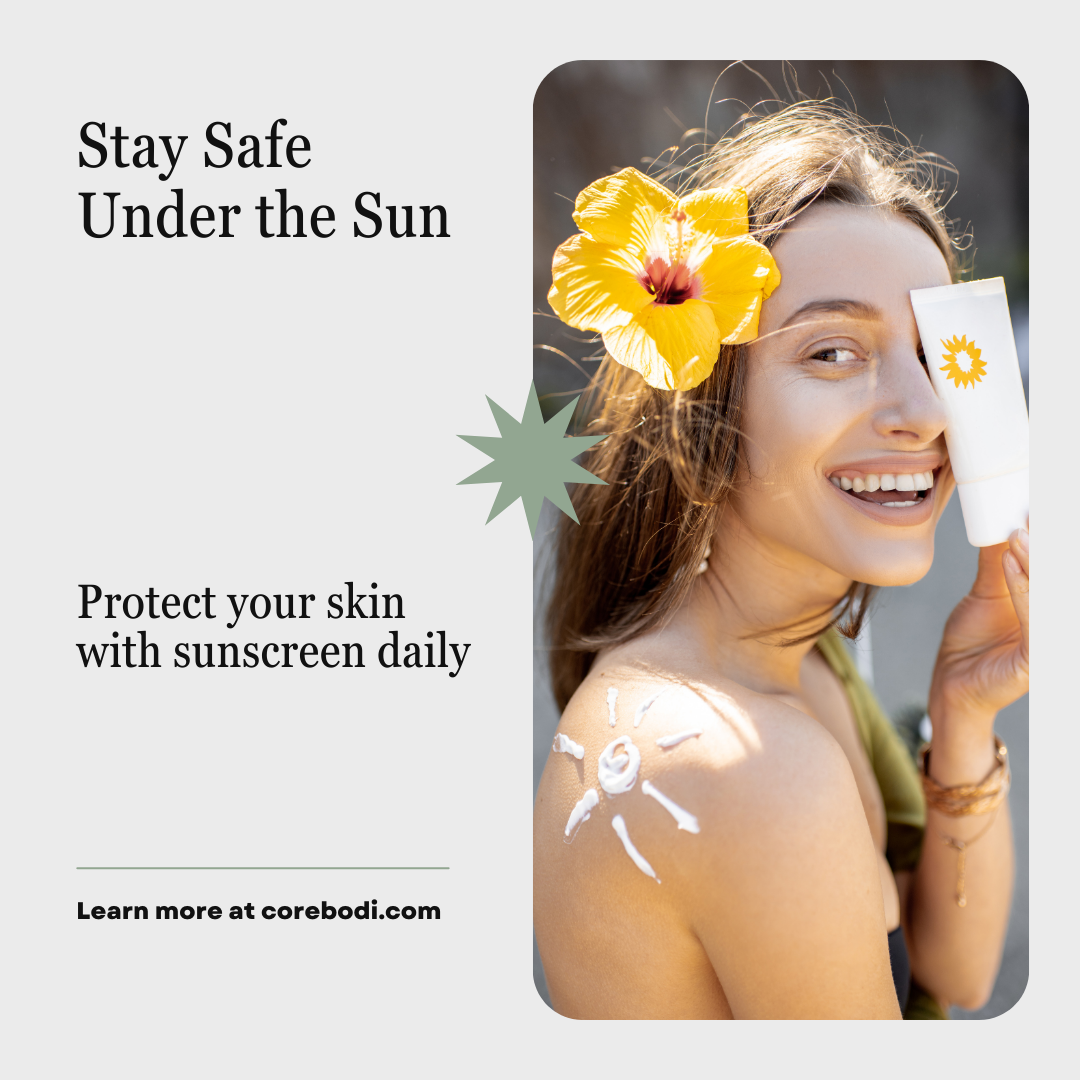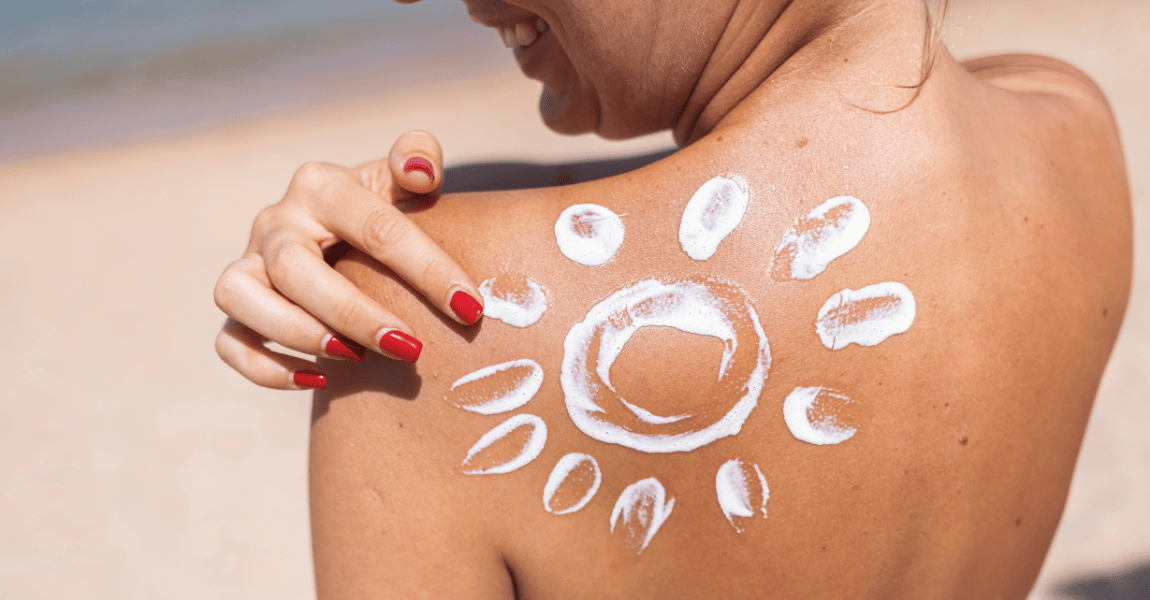Shield Yourself from the Sun
Shield Yourself from the Sun: The Crucial Role of Protective Clothing in Preventing Skin Cancer

When we think about sunny days, beach outings, backyard barbecues, or even a casual stroll in the park, we often picture warmth, happiness, and the golden glow of sunlight. Yet behind this idyllic imagery lies a silent threat: ultraviolet (UV) radiation. Prolonged and unprotected exposure to UV rays is the leading cause of skin cancer, the most common cancer worldwide.
While sunscreen plays a well-known role in defense, one equally vital yet sometimes overlooked method is wearing protective clothing.
In this article, we'll dive deep into why protective clothing matters, how to choose the right items, and other sun-smart strategies you can easily incorporate into your daily life to significantly reduce your risk of skin cancer.
Why Is Protective Clothing So Important?
Our skin is our largest organ, and it’s under constant assault from environmental factors, especially the sun’s UV rays. UV radiation can damage the DNA in our skin cells, leading to mutations that cause skin cancer.
Protective clothing acts as a physical barrier between UV rays and your skin. Unlike sunscreen, which needs frequent reapplication and can wear off due to sweat or water, well-chosen clothing offers consistent, passive protection. When combined with other sun-safe habits, wearing protective garments greatly reduces the likelihood of developing dangerous skin conditions like melanoma, basal cell carcinoma, and squamous cell carcinoma.
In many ways, the right clothing becomes your personal armor against the sun's invisible threat.
Key Elements of Protective Clothing
Not all clothing is created equal when it comes to sun protection.
Here are some key features to look for:
1. Long Sleeves and Long Pants
Covering as much skin as possible is crucial. Lightweight, breathable fabrics designed for sun protection can be comfortable even in warm climates. Long-sleeved shirts and full-length trousers reduce the amount of exposed skin and help prevent burns.
2. Wide-Brimmed Hats
A broad-brimmed hat (at least 7.5 cm or 3 inches wide) offers vital shade to areas often neglected: the ears, nose, scalp, and neck. Baseball caps, while better than nothing, leave your ears and neck exposed—making a full-brimmed hat a much smarter choice.
3. Tightly Woven Fabrics
Fabric density is key. Hold a garment up to the light—if you can easily see through it, UV rays can penetrate. Tightly woven materials like denim, canvas, wool, and some synthetic fibers offer better protection.
4. Dark or Bright Colours
Darker colours absorb more UV radiation than lighter colors, preventing it from reaching your skin. Bright colors like red or black can sometimes offer more UV protection than white or pastels.
5. Ultraviolet Protection Factor (UPF) Rating
Some clothes are specifically designed for UV protection and come with a UPF rating. UPF 50+, for example, means that only 1/50th (about 2%) of UV rays can penetrate the fabric, providing excellent defense.
Sunglasses: Essential Armor for Your Eyes
The delicate skin around your eyes is highly vulnerable to UV damage, and your eyes themselves can suffer from conditions like cataracts and macular degeneration due to prolonged sun exposure.
Wearing sunglasses with UV400 protection or labeled as 100% UVA and UVB protection shields both your eyes and the surrounding skin.
Choose wraparound styles for even better coverage, ensuring that rays can't sneak in from the sides.

Timing Matters: Seeking Shade During Peak Sun Hours
Sun intensity peaks between 10 a.m. and 4 p.m., and UV radiation is strongest during these hours. If possible, schedule outdoor activities for early morning or late afternoon. If you must be outside during peak hours, staying under the shade of trees, umbrellas, or covered patios significantly lowers your exposure risk.
But remember—shade isn’t foolproof. UV rays can bounce off reflective surfaces like water, sand, concrete, and even grass. That’s why combining shade with protective clothing and sunscreen is the most effective approach.
Real-Life Scenarios: How Protective Clothing Saves the Day
Imagine two friends, Anna and Jake, spending a sunny Saturday hiking. Anna wears a tank top, shorts, and a baseball cap. Jake opts for a long-sleeved, moisture-wicking UPF 50+ shirt, lightweight long pants, and a wide-brimmed hat.
At the end of the hike, Anna has painful red burns on her shoulders, arms, and legs. Jake, on the other hand, feels fine. His clothing served as a reliable barrier, allowing him to enjoy the day without damage—and without needing to constantly reapply sunscreen to covered areas.
Multiply this scenario across months and years, and the cumulative difference in UV exposure becomes massive. Small daily habits lead to big impacts on lifelong health.
Common Myths About Sun Protection and Clothing
Myth 1: "I’m indoors most of the time, so I don't need protection."
Reality: UVA rays can penetrate glass, meaning you can be exposed even while sitting by a sunny window or driving.
Myth 2: "I tan easily, so I don't need to worry about skin cancer."
Reality: Tanning is a sign of skin damage. Even people who tan easily are at risk of skin cancer.
Myth 3: "A T-shirt is enough protection."
Reality: The average cotton T-shirt offers a UPF of about 5, which is quite low. It can leave you vulnerable unless layered or combined with sunscreen underneath.

Tips for Choosing and Wearing Protective Clothing Daily
- Invest in quality basics: A couple of good UPF shirts and pants can go a long way.
- Accessorize smartly: Keep a wide-brimmed hat and sunglasses by the door or in your car.
- Think lightweight and breathable: Modern sun-protective clothing is designed for comfort even on hot days.
- Double up on cloudy days: UV rays penetrate through clouds, so don’t let overcast skies fool you.
- Wash clothing properly: Some sun-protective fabrics lose effectiveness if harshly washed. Follow garment care instructions carefully.
Protective Clothing for Children: Start Early
Children's skin is more sensitive than adults, and most sun exposure happens before age 18. Establishing good habits early can significantly lower a child's lifetime risk of skin cancer.
Look for fun, colorful UPF-rated clothing and make wearing a hat and sunglasses a normal part of every outdoor adventure.
Protective Clothing and Outdoor Activities
You don’t have to sacrifice fun for safety. Many brands now offer stylish and practical sun-protective options for every kind of activity:
- Beach days: Rash guards, swim leggings, and sun hats.
- Hiking and sports: Long-sleeved athletic tops, lightweight hiking pants, and sports sunglasses.
- Gardening: Wide hats, gloves, and long-sleeved shirts made of breathable fabrics.
- Travel: Packable sun jackets and UPF dresses for sightseeing in sunny destinations.
Sunscreen and Protective Clothing: A Powerful Duo
Even the best clothing can’t cover everything.
That’s why applying broad-spectrum sunscreen with an SPF of 30 or higher on exposed skin—like your face, hands, and neck—is crucial. Reapply every two hours or after swimming or sweating.
When sunscreen and protective clothing work together, you create a comprehensive shield against harmful UV damage.
Final Thoughts: A Simple Step with Lifesaving Benefits
Wearing protective clothing is not about paranoia or hiding from the sun—it's about empowerment and prevention. By making mindful choices about what you wear, seeking shade when needed, and adding a few sun-smart accessories like sunglasses and hats, you can enjoy all that the outdoors has to offer without putting your health at risk.
Skin cancer is largely preventable, and each step you take toward safeguarding your skin is a powerful investment in your long-term health and well-being. So next time you step outside, dress smart, shield your skin, and wear your sun protection like a badge of honor.
More Skin Tips.
CoreBodi

